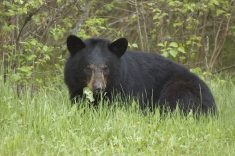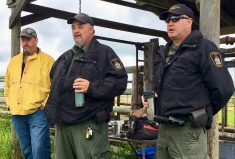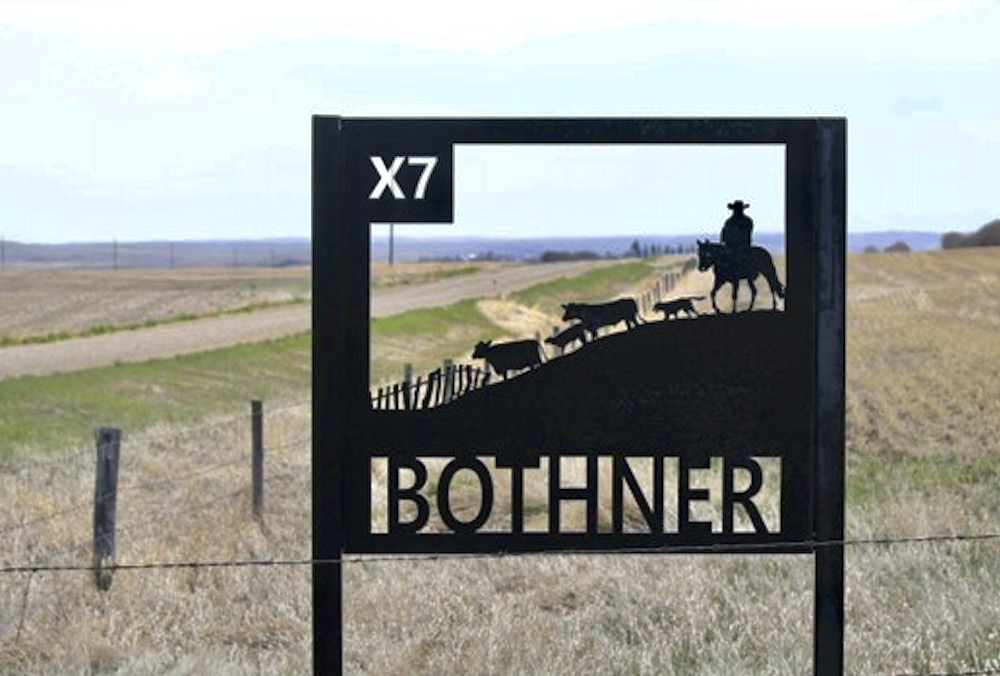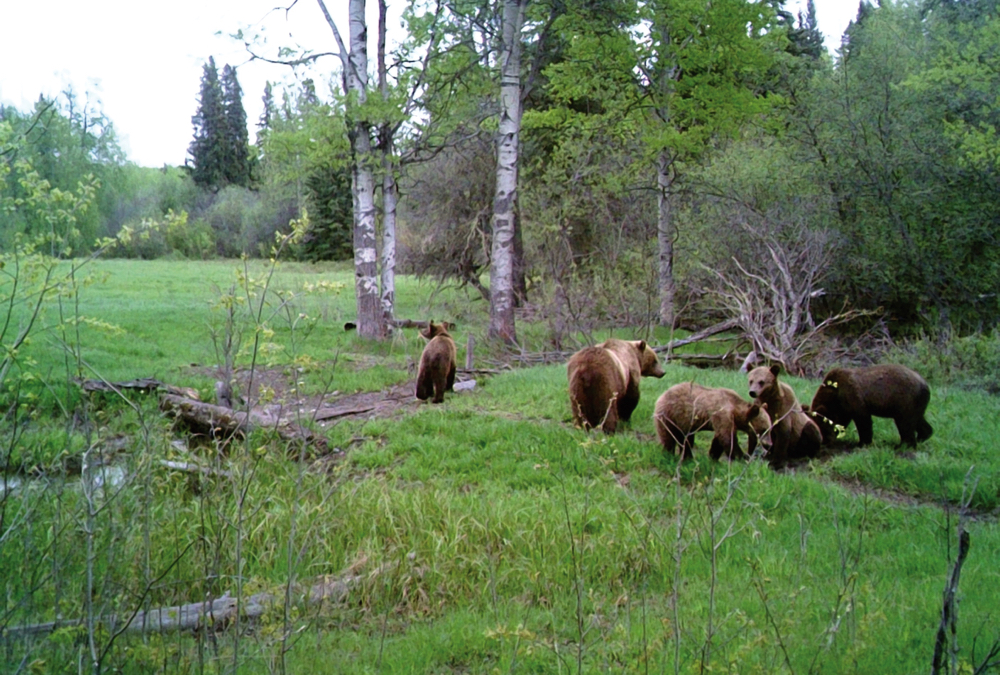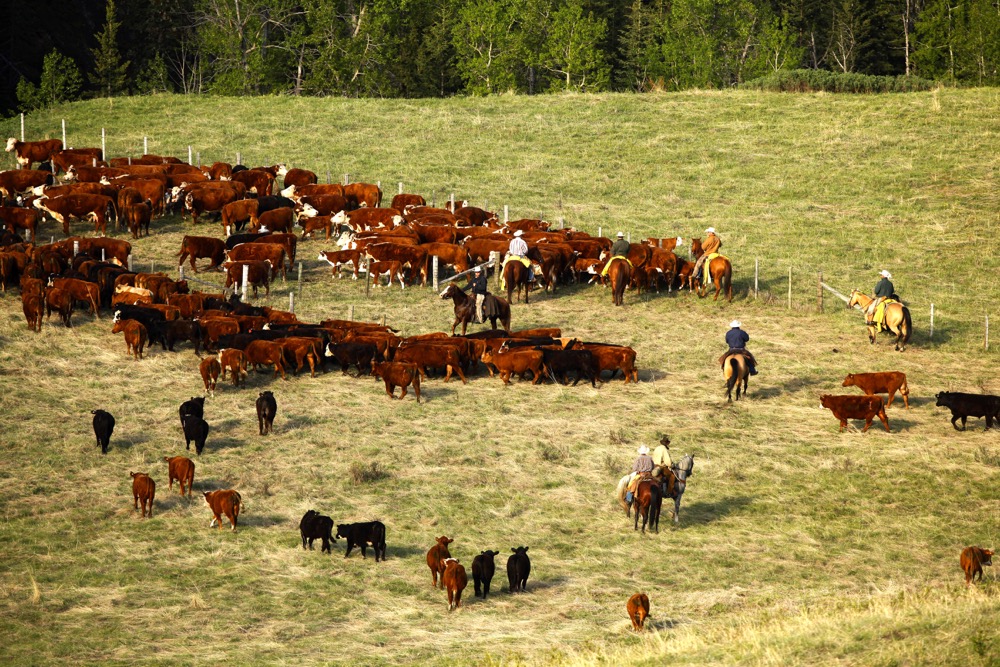With its rustic small mountain towns, postcard-perfect vistas, British Columbia’s East Kootenay region has an undeniable lure for outdoor enthusiasts of all varieties — and the appeal extends beyond ski bums and hikers. The resource-rich Elk Valley is also a highly desirable home for wildlife like grizzly bears which are drawn to the area’s bountiful fruit supply.
“The habitat is really attractive, and it’s a good spot for bears to be,” says Clayton Lamb, a PhD candidate and Vanier Scholar in the University of Alberta’s department of biological sciences studying population dynamics in the region. “They’re using evolutionary cues to search for areas with abundant food and less competition for space — the Elk Valley satisfies that need.”
Read Also
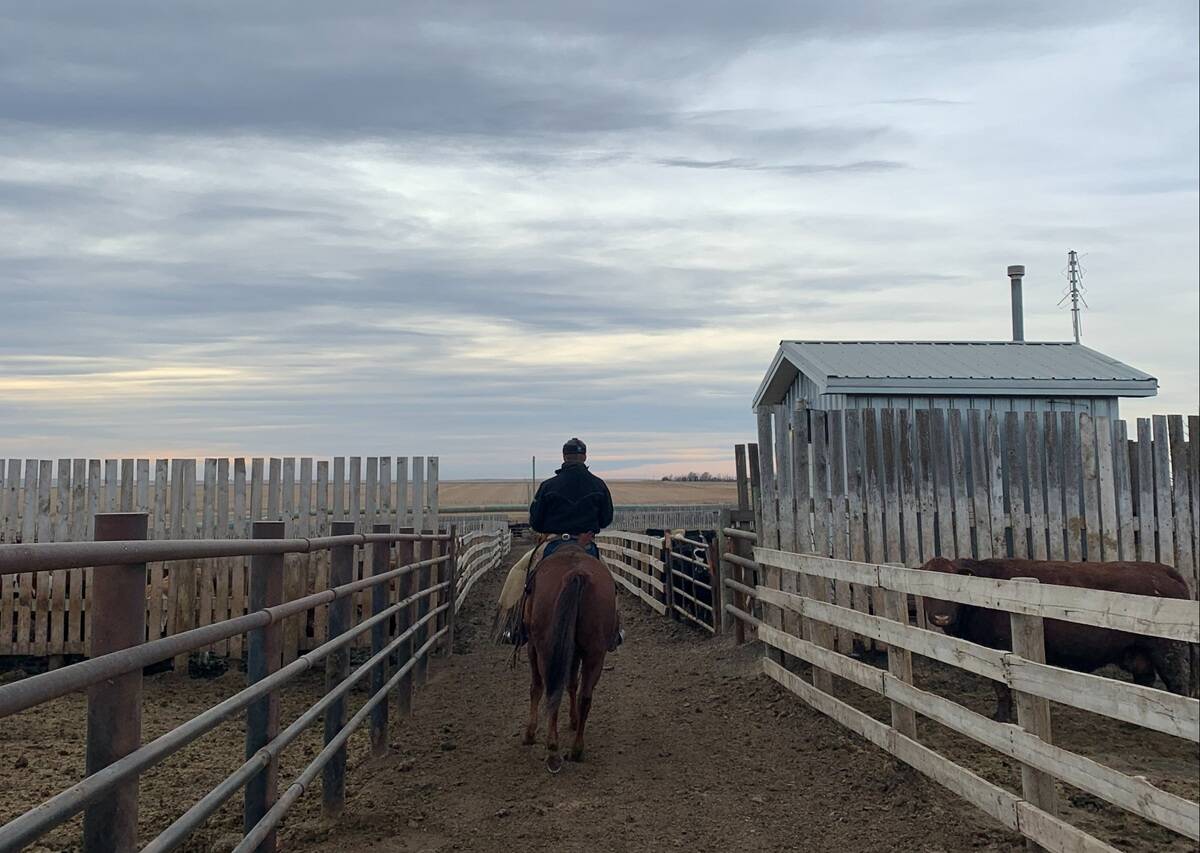
Pen riders still better than tech at detecting respiratory disease in feedlot cattle, says researcher
Recent research found that pen riders are better than tech at flagging signs of BRD in feedlot cattle
The biggest attractors are huckleberries and buffaloberries, both high-energy fruits that attract bears to the region, often from tens of kilometres away. “In the absence of humans, those berries are really important to bears and drive their demography,” explains Lamb. Once there, the bears may then stumble onto additional human-created food sources like garbage or livestock.
“In the last eight years we’ve lost 40 per cent of our grizzly bears in that area — that’s not normal,” says Lamb. Forty per cent of those fatalities were caused by collisions with vehicles and trains as a result of the nearby highway and railway.
Though hunting is often blamed for this type of population decline, Lamb emphasizes that the issue is far more complex. “Only one in roughly every three bears that die in that area is a result of hunting, so the bigger problem is really non-hunting sources,” he says. “It’s a cumulative effect. It’s not just one thing .”
The reduced population makes the area even more appealing to bears, since there is less competition for the berries and space.
There is a human cost to these interactions as well, with a number of serious bear attacks reported every year. “It’s not just that bears are scaring people. We have bears physically attacking people annually. It’s a pretty serious thing.”
The study has implications for the delisting of grizzly bears in the U.S.’s Yellowstone National Park, human-carnivore interactions, and population dynamics, particularly since these bears create a link to one of only three peninsular populations of grizzly bears in the U.S. and the continuous population in central British Columbia.
Lamb hopes that the findings can be used in shaping future plans to minimize human impacts on large carnivore populations.



